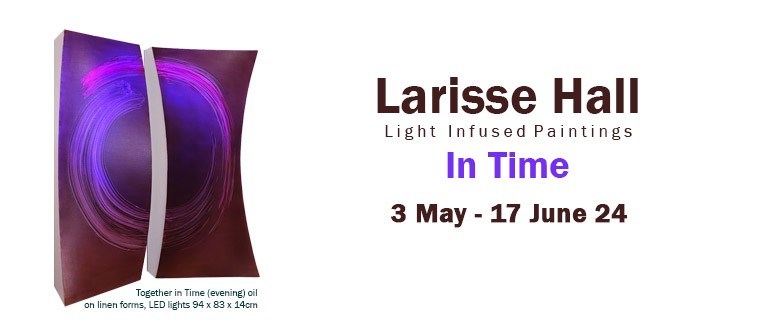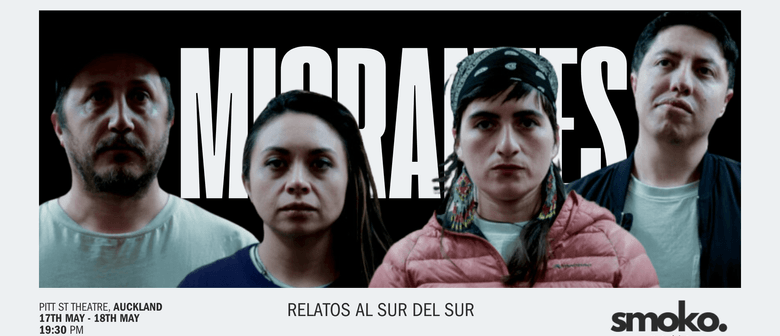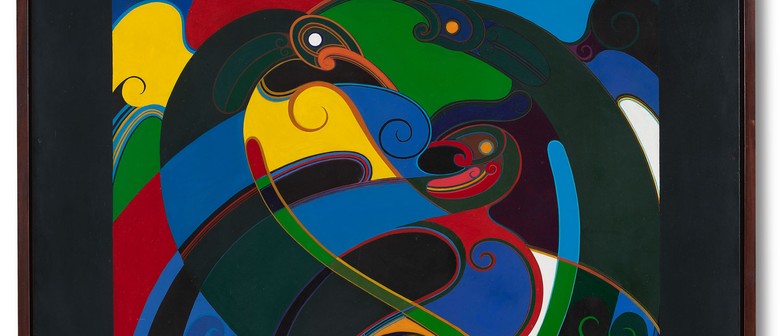Escapades En Couleur
30 Sandringham St, Dunedin, Otago
Ticket Information
Restrictions
Website
Listed by
Angus de Lange.
Born in New Zealand in 1944, de Lange trained as an industrial designer at the Wellington Polytechnic School of Design during the late 1960s when James Coe, an early champion of ergonomic design, was its Director. Whilst at the school, he was taught by Tanya Ashken and John Drawbridge. He was also influenced by visiting lecturers, American architect and futurist Buckminster Fuller and Austrian-American designer Victor Papanek, a strong advocate of socially and ecologically responsible design.
In 1974, de Lange moved to Finland where he worked in furniture design and interior architecture. After returning to NZ, he taught design at Auckland Technical Institute (AUT) and Carrington Polytechnic (Unitec) from 1975-87.
From 1988 de Lange devoted himself to painting full-time. He participated in the 1991 International Art Workshop at Teschemakers near Oamaru, where he met resident lecturers James Gahagan (American abstract expressionist painter and colourist) and Patrick Heron (British designer and noteworthy abstract painter). During his travels, he later visited these artists in their homes.
Mainly self-taught, de Lange continued to develop his art in the USA and Europe where he travelled regularly, painting for extended periods in France and Spain. With his first solo exhibition at the Forrester Gallery in 1991, de Lange’s work has also been exhibited in Auckland, Wellington & Christchurch. His work is held in private collections throughout New Zealand and overseas.
de Lange, whose gouache works on paper often include iridescent hues and electric tones, describes his paintings as having components of form, colour, rhythm and design that refer to, but do not describe natural phenomena. He strives to create paintings that have symbolic resonances that are far removed from the conscious concern of the painter. His works are serious, beautiful and imbued with delight and sensual engagement.
Log in / Sign up
Continuing confirms your acceptance of our terms of service.




Post a comment